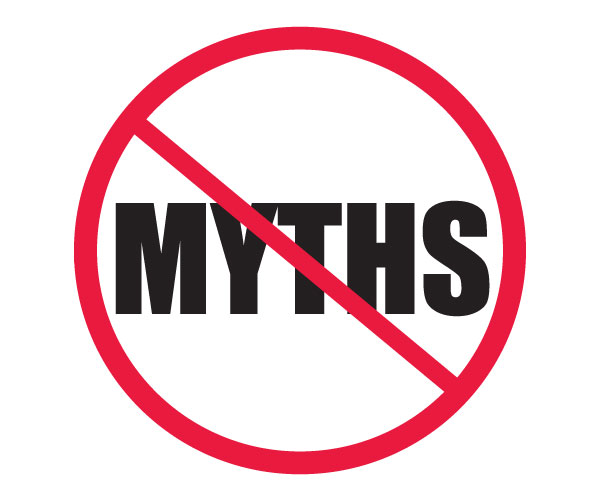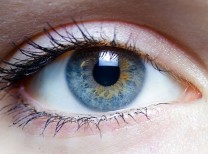We don’t think about our eyes until they bother us. We count on them every day to function comfortably. But sometimes they are prone to discomfort. Common complaints include tearing, dry eyes, itching, discharge and general irritation.
Tearing adversely affects visual function, causing blurry vision and the need to constantly dab the eyes. The eyelids may become red, irritated and chafed. And vision is adversely affected in many aspects of daily life – reading, driving, computer and phone use, watching television and overall function. Excessive tearing is akin to looking through a glass of water.
The causes of tearing may be multifactorial. It may be caused by overproduction or insufficient drainage. Overproduction of tears is often reactive. If someone suffers from dry eyes, the body senses the need for additional lubrication to maintain ocular health. Production is increased and often overwhelms the drainage system. Tears bathe the eyes in nutrients, antibodies, oxygen, protective oils and key enzymes. Thus, the body does its best to ensure our eyes are constantly bathed with the appropriate volume and content of tears. The use of lubricating drops and eyelid washes often alleviates dry eye symptoms.
Another cause of overproduction is allergic conjunctivitis. When the ocular tissues sense irritating particles or allergens, they increase tear production in an attempt to flush out the offending agents. The tearing is usually accompanied by itching, discharge and occasionally burning. Allergic conjunctivitis is often relieved by prescription eye drops. Occasionally oral allergy medication is indicated. Here in our Valley, symptoms often flare in the fall during scalping/reseeding and in the spring with blooming of the plants and flowers.
Insufficient drainage is also a cause of excessive tearing. If unable to drain properly, the tears build up in the eyes and overflow onto the cheeks. This is akin to the plumbing system unable to handle the outflow of water. Some common causes of altered outflow include eyelid malposition, prior punctal plugs and infection. If the eyelids are lax and not in tight apposition to the globe, then the blink mechanism is not as crisp, sharp and effective; the tears are not swept properly to the drainage system, causing them to overflow. At times we see that a person has had punctal plugs placed when conservative dry eye management failed to help their lack of tears. In these cases, a miniscule device is physically blocking the tears from draining into the “pipes,” causing a backup and overflow of tears.
Another cause of insufficient drainage is infection. In cases where a plug has been placed, it may become infected over time. The infection physically blocks drainage of tears and causes annoying, thick discharge.
Regardless of the cause, watering eyes are a nuisance and adversely affect daily function. The cause may be found with a thorough exam and review of your past ocular history in order to find the cause, alleviate symptoms, and get you feeling back to normal.
Dr. Hui is the founder of The Eyelid Institute in Palm Desert. She is an oculoplastic surgeon with a special interest in helping patients with eyelid, lacrimal and orbital conditions and can be reached at (760) 610.2677.









































Comments (0)